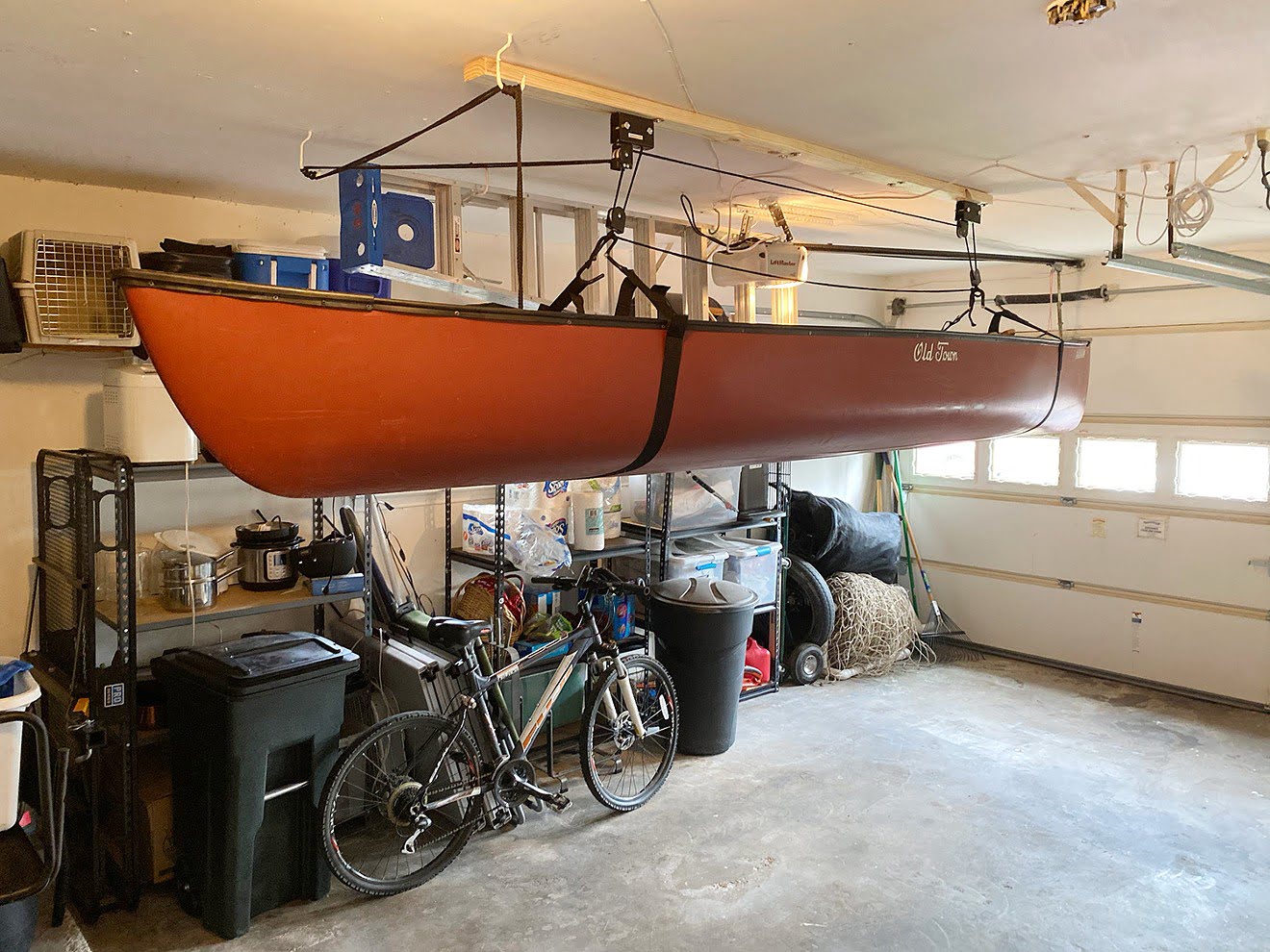

Articles
How To Store Canoe
Modified: February 23, 2024
Learn the best techniques for storing your canoe and keeping it in top condition. Explore our articles on canoe storage for expert tips and advice.
(Many of the links in this article redirect to a specific reviewed product. Your purchase of these products through affiliate links helps to generate commission for Storables.com, at no extra cost. Learn more)
Introduction
When the canoeing season comes to an end, it’s important to properly store your canoe to keep it in excellent condition. Whether you’re a novice paddler or an experienced adventurer, properly storing your canoe will ensure its longevity and ready-to-use condition for the next season.
Storing a canoe involves more than simply tossing it in a corner of your garage or leaving it exposed to the elements. To protect your investment and prevent any damage, it’s important to follow some guidelines for proper storage. In this article, we will cover the steps necessary to store your canoe, including choosing the right storage location, cleaning and drying the canoe, protecting it from damage, and utilizing different storage methods.
By following these best practices, you can extend the lifespan of your canoe and have peace of mind knowing it’s safely stored until your next adventure.
Next, let’s explore how to choose the right storage location for your canoe.
Key Takeaways:
- Properly storing your canoe is crucial for its longevity. Choose the right storage location, clean, dry, and protect your canoe to ensure it’s ready for your next adventure.
- Utilize indoor or outdoor storage, proper cleaning, and protective measures to maintain your canoe’s condition. Whether in a garage, shed, or on a rack, follow best practices for optimal storage.
Read more: How To Store A Canoe In A Garage
Choosing the Right Storage Location
When it comes to storing your canoe, the first step is to choose the right storage location. This decision will depend on various factors, including the available space and environmental conditions. Here are some considerations to keep in mind:
- Indoor or outdoor: Ideally, storing your canoe indoors is the best option as it provides protection from the elements. However, if indoor storage is not feasible, consider outdoor storage options that provide shelter and protection.
- Temperature and humidity: Avoid extreme temperature changes and high humidity environments. Fluctuating temperatures can cause your canoe to expand and contract, leading to cracks or warping. Similarly, high humidity can promote mold and mildew growth.
- Space availability: Ensure that you have enough space to store your canoe without it being subjected to excessive pressure or being squeezed between other objects.
- Pest control: Choose a storage location that is not susceptible to pests such as rodents or insects. They can cause damage to your canoe by chewing through the material.
Once you have considered these factors, you can make an informed decision about the most suitable storage location for your canoe. If you have access to a garage, shed, or covered storage area, that would be the optimal choice. If not, you can explore alternative options such as building a storage rack or utilizing a canoe storage cover.
Now that you’ve chosen the right storage location, the next step is to properly clean and prepare your canoe for storage.
Cleaning the Canoe
Before storing your canoe, it’s essential to give it a thorough cleaning to remove any dirt, debris, or residue that may have accumulated during your paddling adventures. Here’s a step-by-step guide to cleaning your canoe:
- Start by removing any loose objects or accessories from the canoe. This includes seats, flotation devices, and any other removable parts.
- Rinse the canoe with freshwater to remove any dirt or grime. Use a hose or a bucket of water to thoroughly rinse the exterior and interior of the canoe. Pay special attention to the areas around the seats, gunwales, and the bow and stern, as these areas tend to accumulate the most dirt.
- For stubborn stains or debris, use a mild detergent or dish soap mixed with water. Use a sponge or a soft brush to scrub the affected areas gently.
- Rinse the canoe again to remove any soap or cleaning solution residue.
- Inspect the canoe for any damage, such as scratches or cracks. If you find any issues, it’s best to address them before storing your canoe.
- Allow the canoe to air dry completely before moving on to the next step. Moisture left in the canoe can lead to mold and mildew growth during storage.
By taking the time to properly clean your canoe, you’ll not only keep it looking its best but also prevent any dirt or debris from potentially causing damage during storage. Once your canoe is clean and dry, it’s time to move on to the next step: drying the canoe properly.
Drying the Canoe Properly
After cleaning your canoe, it’s crucial to ensure that it is thoroughly dried before storing it. Dampness or moisture left in the canoe can lead to mold, mildew, and other damage over time. Follow these steps to dry your canoe properly:
- Start by wiping down the exterior and interior of the canoe with a clean, dry towel. Pay close attention to areas where water may have pooled, such as the seats, gunwales, and the bottom of the canoe.
- If possible, prop the canoe up on its side or upside down to allow air circulation. This will help expedite the drying process and prevent moisture from getting trapped in hard-to-reach areas.
- If the weather permits, place the canoe in a well-ventilated area, preferably outdoors. The natural airflow will aid in drying the canoe.
- Avoid storing your canoe in direct sunlight, as prolonged exposure to UV rays can cause fading or damage to the canoe’s material.
- Depending on the climate and humidity levels, it may take several days for the canoe to dry completely. Be patient and thoroughly check for any remaining moisture before proceeding to the next step.
By following these steps and ensuring that your canoe is completely dry, you will minimize the risk of mold, mildew, and other moisture-related issues during storage. Once the canoe is dry, it’s time to take measures to protect it from potential damage.
Protecting the Canoe from Damage
When storing your canoe, it’s essential to take precautions to protect it from potential damage. Here are some steps you can take to safeguard your canoe:
- Apply a protective finish: Consider applying a protective finish, such as a marine-grade wax or polish, to the exterior of the canoe. This will provide an additional layer of protection against UV rays, water damage, and scratches.
- Inspect and repair: Before storage, thoroughly inspect your canoe for any signs of damage, such as cracks, dents, or loose fittings. If you come across any issues, take the necessary steps to repair them, either yourself or by seeking professional help.
- Use foam padding: If you’re storing your canoe on a hard surface, such as a garage floor or concrete, place foam padding or cushions underneath to provide a cushioned surface. This will help prevent scratches or dents on the hull.
- Avoid contact with sharp objects: Keep your canoe away from sharp objects, tools, or other equipment that could potentially cause accidental damage.
- Store away from chemicals: Do not store your canoe near chemicals, solvents, or gasoline, as these substances can degrade the canoe’s material over time.
- Regularly inspect: Periodically check on your canoe during the storage period to ensure there are no signs of damage or issues that need attention.
By taking these protective measures, you’ll significantly reduce the risk of damage to your canoe while it’s in storage. Next, let’s move on to the next step: covering the canoe.
Store your canoe in a dry, shaded area to prevent sun damage and warping. Use a tarp or cover to protect it from dust and debris. If storing it outside, elevate it off the ground to prevent moisture damage.
Read more: How To Store A Canoe Outside
Covering the Canoe
Covering your canoe is an important step in protecting it from dust, dirt, and potential damage during storage. Here are some options for covering your canoe:
- Canoe storage cover: Invest in a specifically designed canoe storage cover that fits your canoe properly. These covers are made from durable materials that offer protection against UV rays, moisture, and debris. Ensure that the cover is secured tightly to prevent it from being blown away by strong winds.
- Tarp or plastic sheet: Alternatively, you can use a large tarp or a plastic sheet to cover your canoe. Make sure to secure it tightly around the canoe using bungee cords, ropes, or straps. Ensure that the tarp or sheet is waterproof and provides adequate coverage.
- Indoor storage rack or bag: If you have the space and budget, consider investing in an indoor storage rack or a specialized storage bag designed for canoes. These options provide additional protection and keep your canoe elevated and safe from potential damage.
When covering your canoe, ensure that there is sufficient ventilation to prevent condensation buildup. This will help prevent mold or mildew growth. Additionally, it’s important to periodically check on your covered canoe to ensure that it remains secure and free from any damage or potential nesting opportunities for pests.
Now that you have covered your canoe, let’s explore different storage methods, including storing it in a garage or shed.
Storing the Canoe in a Garage or Shed
If you have access to a garage or shed, it can be an ideal storage location for your canoe as it provides protection from the elements. Here’s how to properly store your canoe in a garage or shed:
- Clear the space: Make sure the area is clear and free from any clutter or obstructions. Remove any items that may come in contact with the canoe or cause damage.
- Elevate the canoe: To prevent damage to the hull, elevate the canoe off the ground using a sturdy storage rack or padded supports. This helps distribute the weight evenly and keeps the canoe stable.
- Secure the canoe: Ensure the canoe is properly secured to the rack or supports to prevent it from falling or shifting during storage. Use straps, ropes, or bungee cords to secure it tightly.
- Protect the hull: Place foam padding or cushions on the supports or rack to avoid direct contact between the hull and the storage surface. This helps prevent scratches or damage to the canoe.
- Cover the canoe: Use a specialized canoe storage cover or a tarp to cover the canoe and protect it from dust, dirt, and other debris. Ensure that the cover is secure and tightly fastened to prevent it from coming loose.
- Monitor the environment: Keep an eye on the temperature and humidity levels in the garage or shed. Avoid extreme temperature fluctuations and ensure proper ventilation to prevent moisture buildup.
- Regular checks: Periodically inspect the canoe during the storage period to ensure there are no signs of damage or issues that need attention.
Storing your canoe in a garage or shed offers the advantage of protection from the weather and easy accessibility. However, if you don’t have access to indoor storage, you can consider storing your canoe outdoors. Let’s explore this option next.
Storing the Canoe Outdoors
If you don’t have access to indoor storage, storing your canoe outdoors is still possible with the right precautions. Follow these steps to properly store your canoe outdoors:
- Choose a suitable location: Find a spot in your yard or property that offers some protection from direct sunlight, rain, and wind. Consider placing it under a canopy, against a wall, or under a tarp.
- Elevate the canoe: Just like in indoor storage, it’s crucial to elevate the canoe off the ground to prevent damage. Use a sturdy rack or supports to raise the canoe and keep it stable.
- Secure the canoe: Ensure that the canoe is securely fastened to the rack or supports to prevent it from tipping over or being blown away by strong winds. Make use of straps or ropes to keep it firmly held in place.
- Protect the hull: Place foam padding or cushions on the supports to protect the hull from scratches or damage. This extra layer of cushioning is especially important when your canoe is exposed to outdoor elements.
- Cover the canoe: Use a durable, waterproof tarp to cover the canoe and protect it from rain, snow, and debris. Make sure the tarp is tightly secured to prevent it from being blown away by wind. Periodically check the tarp for any tears or signs of wear and repair or replace as necessary.
- Regular maintenance: Even when stored outdoors, it’s important to inspect the canoe regularly. Look for any signs of damage, especially around the hull and fittings. If you notice any issues, take action to address them promptly.
- Consider additional protection: If you live in an area with harsh weather conditions, you may want to invest in additional protection, such as a specially designed canoe cover or a shelter that provides more comprehensive coverage.
By taking these steps and ensuring proper storage precautions, you can maintain the condition of your canoe even when stored outdoors. However, if possible, it’s always best to store your canoe in a garage, shed, or other covered structure for maximum protection.
Now that you have learned about storing your canoe outdoors, let’s explore another popular storage option: using a canoe rack.
Storing the Canoe on a Canoe Rack
A canoe rack is an excellent option for storing your canoe, providing a dedicated storage solution that keeps your canoe secure and readily accessible. Here’s how to store your canoe on a canoe rack:
- Choose a suitable rack: There are various types of canoe racks available, such as wall-mounted racks, freestanding racks, or ceiling-mounted hoists. Select a rack that suits your space and storage needs.
- Ensure stability: When installing a wall-mounted or freestanding rack, make sure it is securely fastened to the structure or ground. This ensures the stability of the rack and prevents it from tipping over.
- Position the canoe: Carefully position the canoe on the rack, ensuring it is centered and balanced. This helps distribute the weight evenly and prevents unnecessary stress on the rack.
- Secure the canoe: Use straps, ropes, or bungee cords to secure the canoe to the rack, holding it in place to prevent shifting or accidental falling.
- Protect the hull: Place foam padding or cushions on the rack’s arms or supports to protect the canoe’s hull from scratches or damage. This extra layer of cushioning ensures the canoe remains well-maintained during storage.
- Regular checks: Periodically inspect the canoe and rack for any signs of damage, wear, or loosening. Tighten any straps or hardware as necessary to maintain the security of the canoe on the rack.
- Consider weather protection: If the rack is located outdoors, consider adding a canopy or roof cover to offer additional protection from sunlight, rain, and debris. This helps preserve the condition of the canoe and extends its longevity.
- Accessibility: Ensure that the canoe is easily accessible on the rack, allowing for convenient retrieval whenever you are ready to hit the water.
Storing your canoe on a dedicated canoe rack not only provides a safe and secure storage solution but also helps free up valuable floor space in your garage or shed. With a well-maintained canoe rack, you can store your canoe in a way that keeps it organized, protected, and ready for your next paddling adventure.
Now that we’ve explored various storage options for your canoe, let’s conclude our guide on how to store your canoe properly.
Read more: How To Store Canoe Outside
Conclusion
Properly storing your canoe is essential to maintain its condition and prolong its lifespan, ensuring it’s ready for your next paddling expedition. By following the steps outlined in this guide, you can store your canoe with confidence and peace of mind.
Choosing the right storage location is the first crucial step. Whether it’s a garage, shed, or outdoors, consider factors like protection from the elements, temperature, humidity, and pest control. Cleaning your canoe thoroughly and allowing it to dry completely prevents mold, mildew, and damage caused by moisture. Protecting your canoe from potential harm is essential, whether through applying a protective finish, securing it properly, or storing it away from chemicals and sharp objects.
Covering your canoe with a storage cover or tarp shields it from dirt, dust, and debris. Storing your canoe in a garage or shed offers excellent protection, while outdoor storage requires proper elevation, securing, padding, and covering. Utilizing a dedicated canoe rack keeps your canoe organized, accessible, and secure.
Remember to periodically check on your stored canoe, inspecting for any damage or issues that require attention. Regular maintenance and care will go a long way in preserving the condition of your canoe.
By implementing these best practices, you can ensure that your canoe remains in optimal condition, ready to provide you with many more memorable water adventures for years to come.
Happy storing, and happy paddling!
Frequently Asked Questions about How To Store Canoe
Was this page helpful?
At Storables.com, we guarantee accurate and reliable information. Our content, validated by Expert Board Contributors, is crafted following stringent Editorial Policies. We're committed to providing you with well-researched, expert-backed insights for all your informational needs.



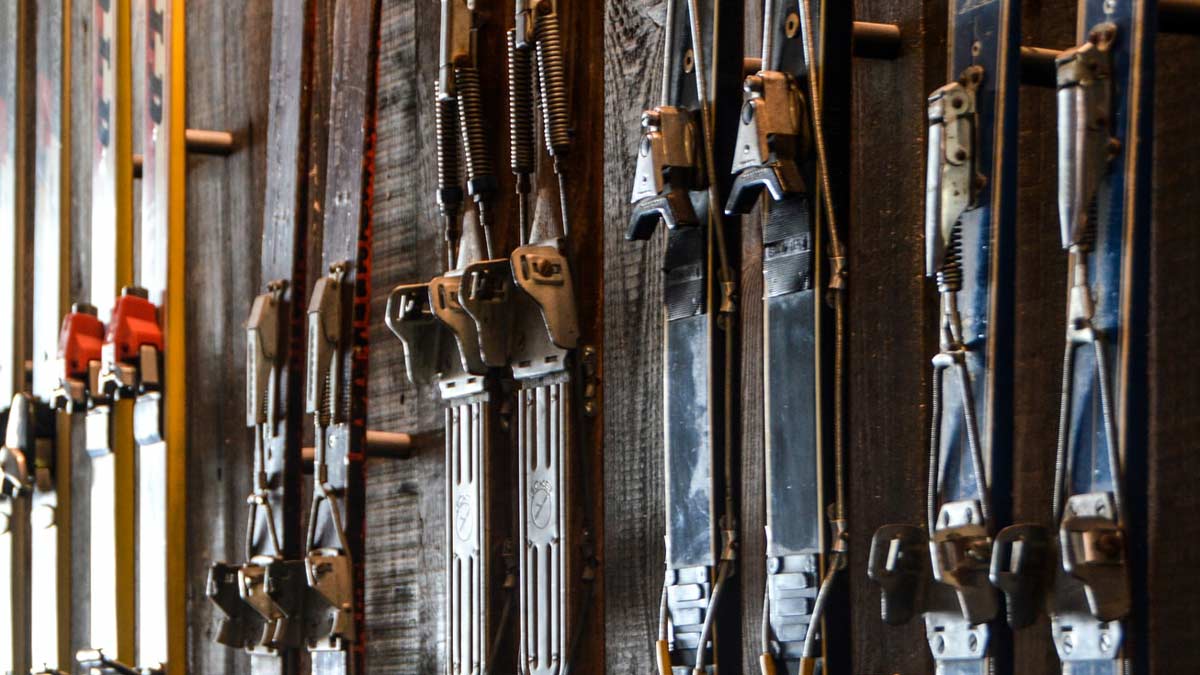




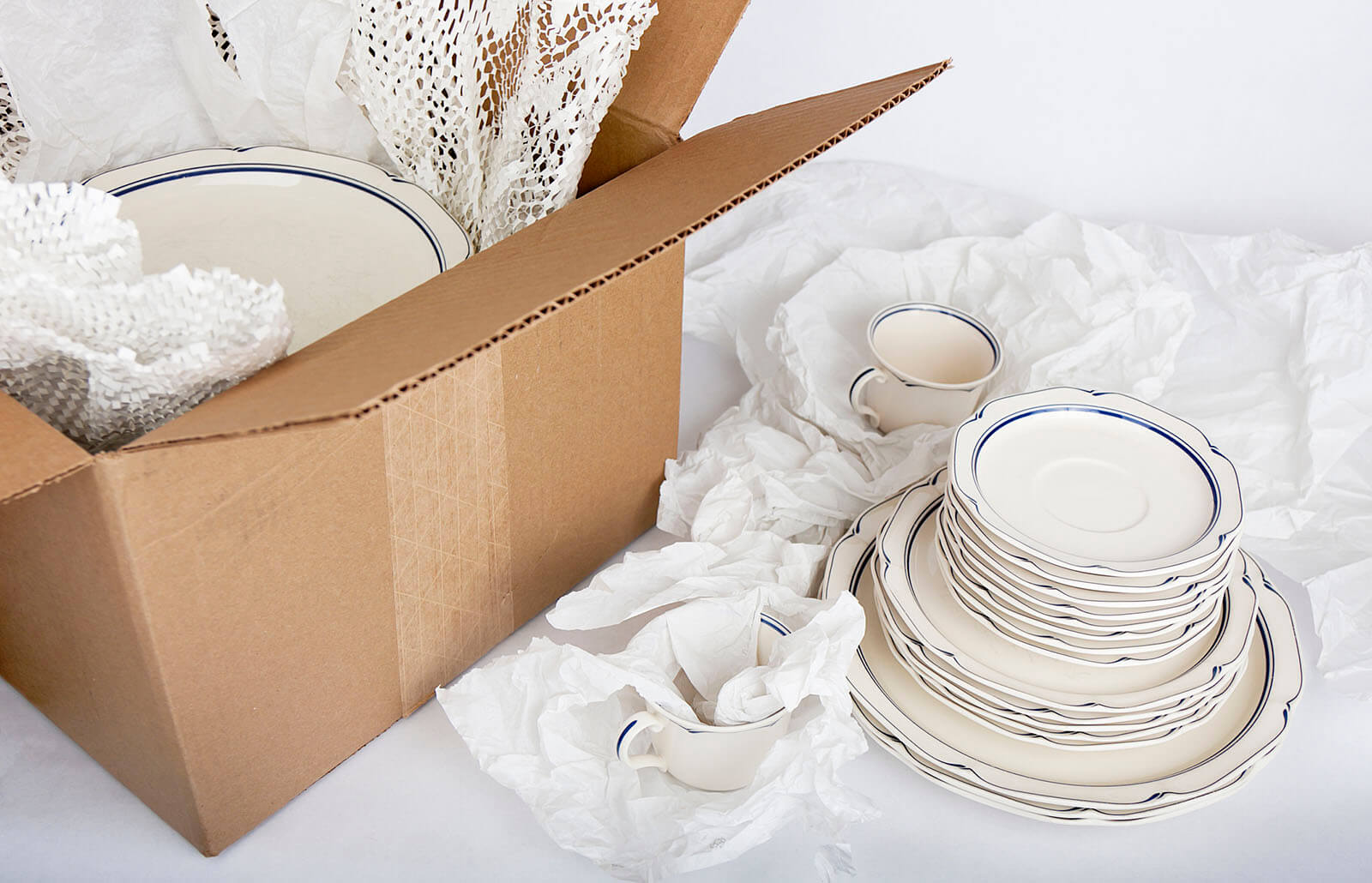

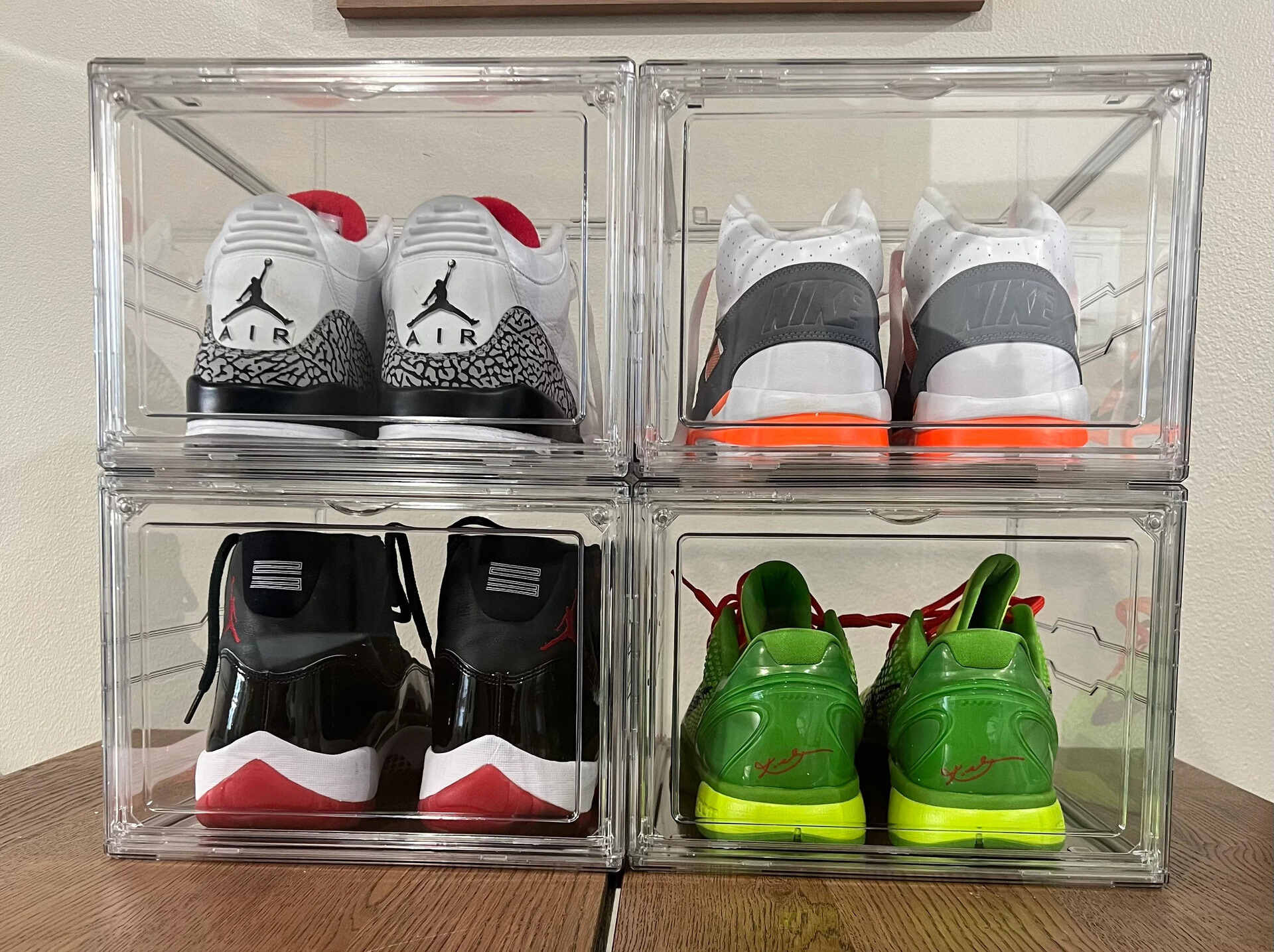

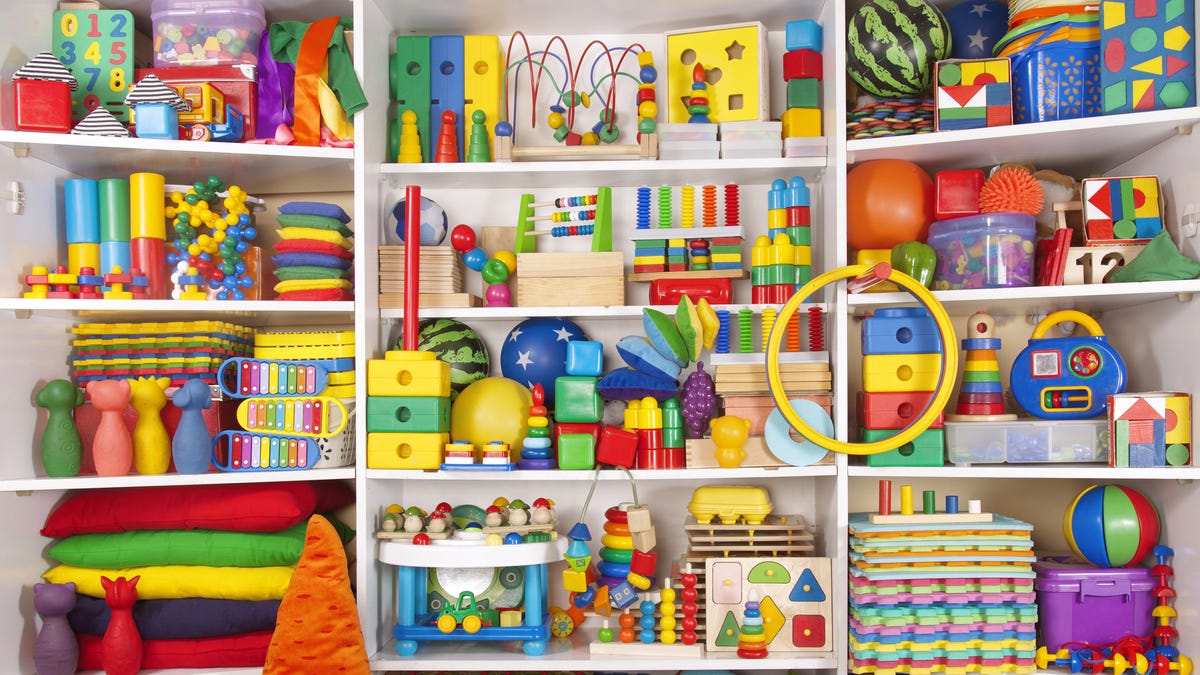

0 thoughts on “How To Store Canoe”